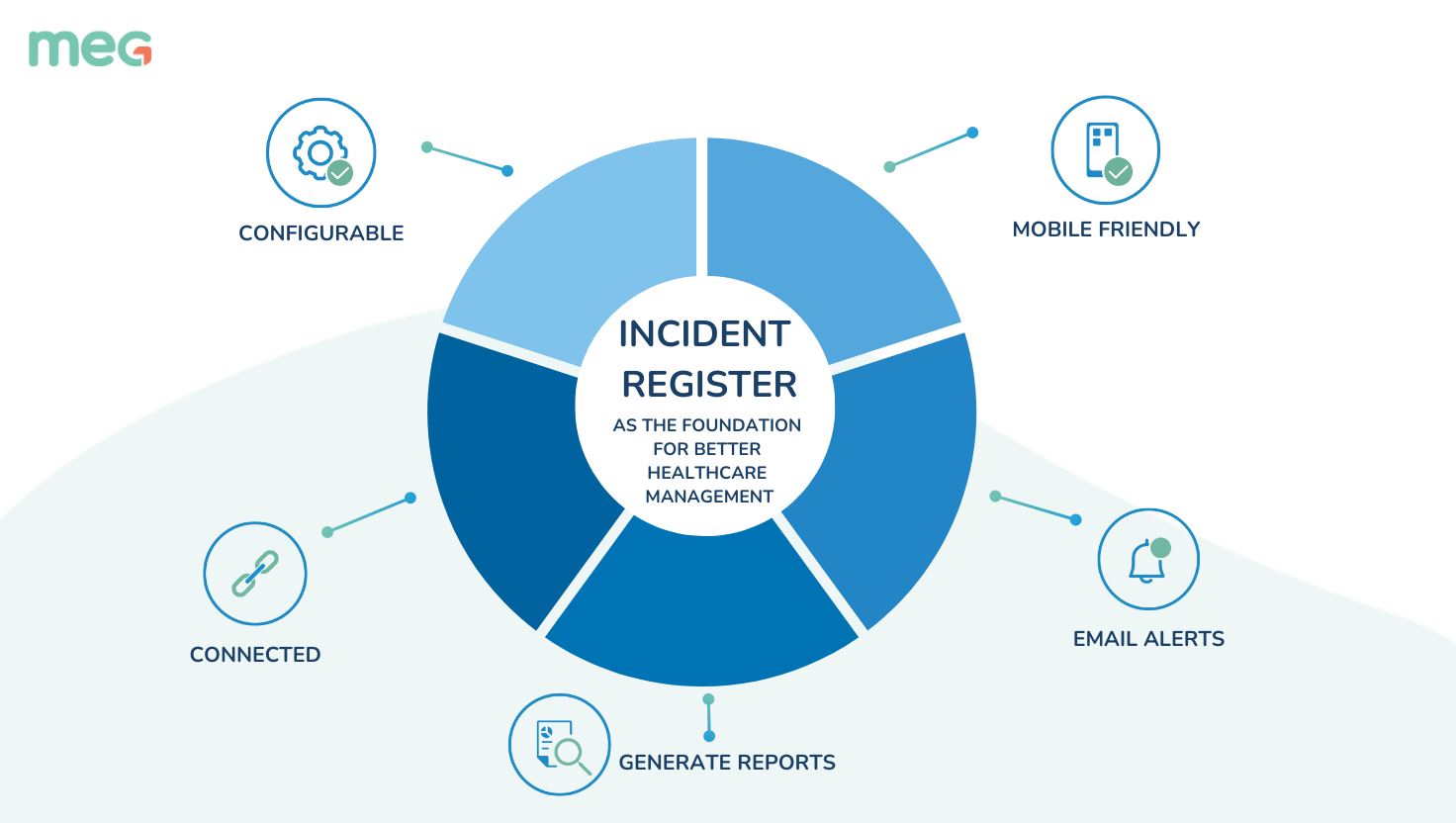In today’s fast-paced healthcare environment, ensuring patient safety and delivering quality care requires efficient and reliable systems. One of the most fundamental tools for achieving this is an incident register. By capturing incidents in real-time, healthcare organisations can not only ensure accurate and timely data but also lay the groundwork for robust risk management workflows. This blog explores the critical role an incident register plays in transforming healthcare management, offering practical examples and insights.
The Importance of Capturing Incidents in Real-Time
Timely incident reporting is crucial in healthcare. Delays in reporting can lead to incomplete data, misinterpretation of events, and missed opportunities to prevent future issues. A real-time incident register ensures:
Data Accuracy: When incidents are logged immediately, details are fresh and accurate, minimising the risk of errors or missing information.
Timeliness: Quick reporting allows for faster responses, reducing the likelihood of escalation and improving patient outcomes.
Transparency: Real-time updates foster a culture of accountability and transparency across teams.
For example, a nurse who identifies a medication error and logs it into the system immediately enables management to act swiftly, mitigating potential harm to the patient and initiating corrective measures.
An Incident Register: The Cornerstone for Risk Management
An incident register is more than just a log of events; it is the foundation for actionable risk management workflows. Here’s how it supports healthcare organisations:
Centralised Data: By consolidating all incidents in one place, organisations gain a holistic view of risks, trends, and patterns.
Workflow Integration: Incident registers feed into broader risk management systems, enabling seamless tracking, investigation, and resolution of issues.
Proactive Prevention: With clear insights into recurring problems, healthcare teams can implement measures to prevent future incidents.
Consider a hospital where falls among elderly patients are consistently recorded in the incident register. The data enables leadership to identify patterns, adjust protocols, and implement preventive measures such as improved staff training and patient monitoring systems.
Real-World Impact: Proactive Incident Management
Registering incidents proactively can dramatically improve patient safety and organisational efficiency. Here are two examples:
Reducing Repeat Issues: A clinic identifies a recurring issue with surgical instrument sterilization after reviewing its incident register. By addressing the root cause, they eliminate future risks and enhance patient safety.
Improving Patient Outcomes: A hospital’s real-time reporting system highlights medication administration errors. Immediate corrective actions and staff training reduce such errors by 30% within three months.
These examples underscore the value of an incident register as a transformative tool for healthcare management.
Conclusion
An incident register is not just a system; it’s the foundation for a safer, more efficient healthcare environment. By capturing incidents in real-time, healthcare organisations can ensure data accuracy, streamline risk management workflows, and proactively prevent recurring issues. Building this foundation is the first step toward better healthcare management and improved patient outcomes.
Ready to elevate your healthcare management?
Explore how MEG’s Incident Management Software can streamline your reporting process and lay the foundation for effective risk management.









